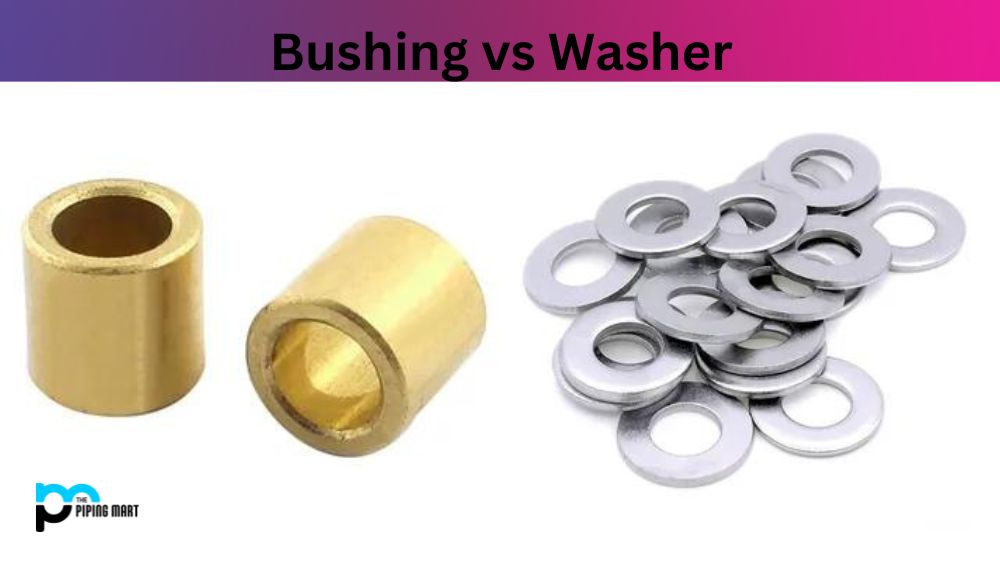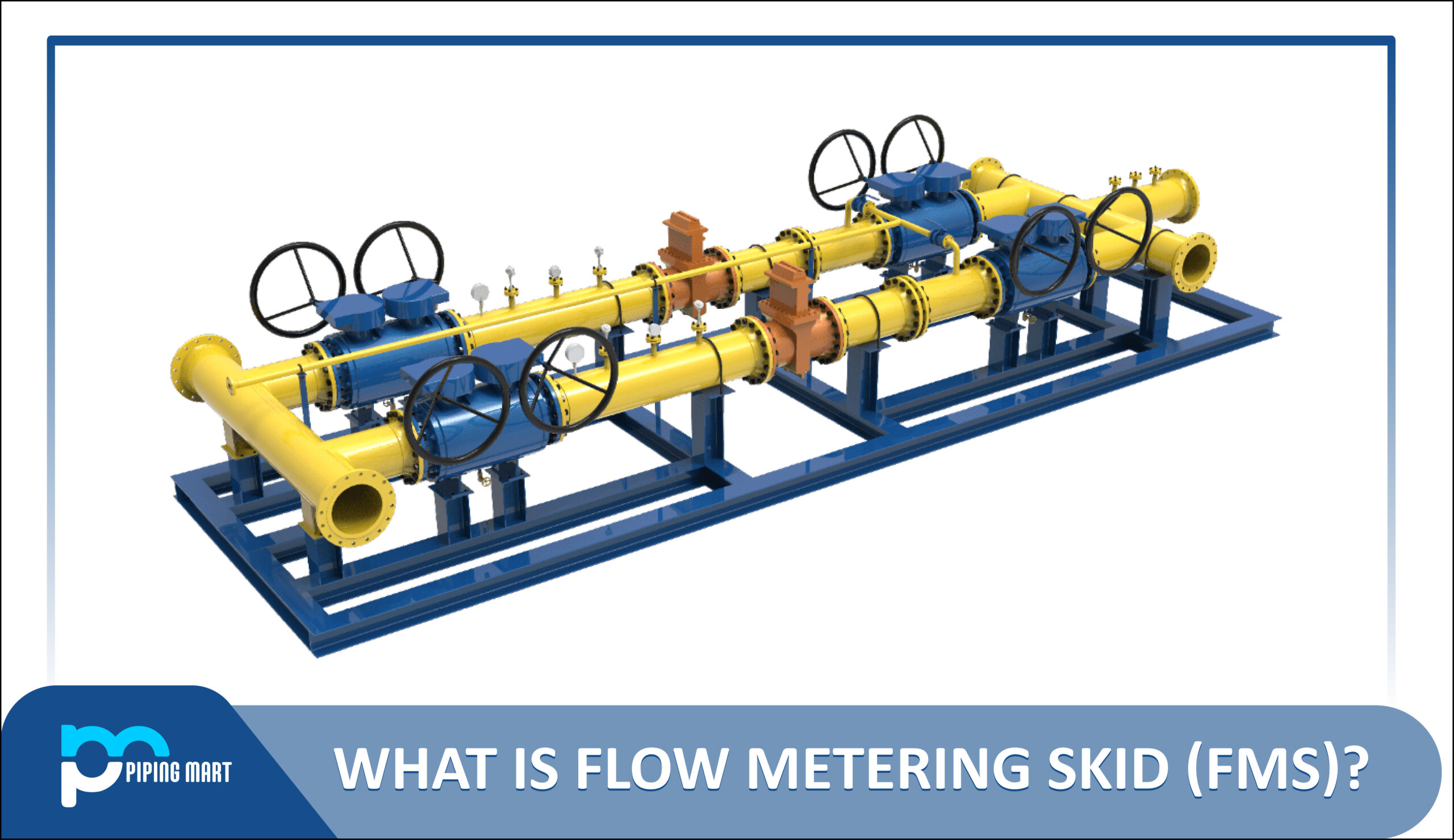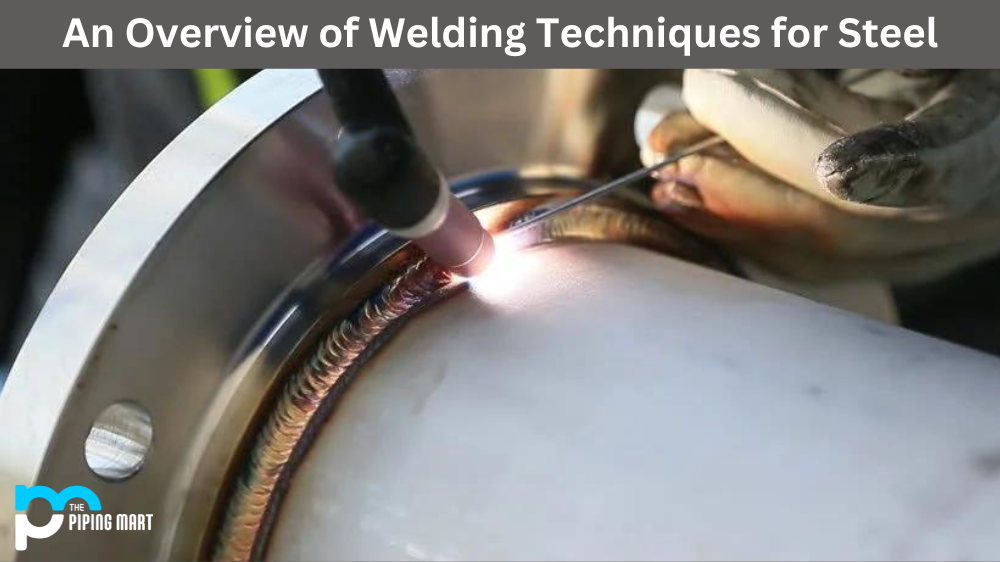When it comes to metal components and machinery, it’s essential to ensure that they last long and work efficiently. However, metal parts wear and tear due to corrosion, abrasion, and heat. Two common problems faced by metal parts are cold welding and galling. Both are caused by the gradual damage and deterioration of metal surfaces that can ultimately hinder or even stop machinery from working. But what are they, and how do they differ? This blog discusses the differences between cold welding and galling and how to prevent them.
What is Cold Welding?
Cold welding involves two metals joining together under no external heat. Essentially, when two metal surfaces come into contact, they form a molecular attraction due to the electron exchange, resulting in adhesion. Although cold welding can happen with any metal, it’s more prone to occur with clean metals. However, cold welding is only sometimes desirable and may lead to machinery failure. This is especially true when the cold-welded area is constantly loading and unloading. When this happens, the site may experience stress failure, eventually leading to a break.
What is Galling?
Galling, on the other hand, occurs when two metal surfaces rub against each other, generating friction that causes the surfaces to wear down. When the wear reaches a certain degree, the metal surfaces become torn, flattened, and stuck together. The sticking together creates microscopic welds that grow, leading to galling or cold welding. Although galling can happen in any metal, it is common in softer metals like aluminium and titanium. With enough galling, parts can become entirely locked together, leading to total equipment failure.
Difference Between Cold Welding and Galling
Experts recommend using a lubricant to prevent cold welding to reduce the friction between adjoining surfaces. A dry lubricant, such as graphite or Molybdenum Disulfide, is preferable since it doesn’t attract dirt or debris that could exacerbate the problem. Moreover, components made from different metals have a lower chance of cold welding. If other metals cannot be used, another recommended option is to coat the metal surfaces with a glass powder or a layer of an intermediate metal.
Experts suggest using surface treatment to harden the metals’ surfaces to prevent galling. This can be achieved using several methods like nitriding, tempering, black oxide coating, and shot peening. Lubrication is also essential in avoiding galling, and using a lubricant with a proven anti-galling additive is the best choice. Additionally, it’s necessary to ensure that machined parts have a ground or polished surface since a rough surface can promote galling.
Advantages of Cold Welding
One of the advantages of cold welding is that it does not require heat, which means it can be used to join metals sensitive to heat. Additionally, cold welding can join metals with different melting points, which is impossible with other welding methods. Additionally, cold welding produces a strong joint between the two pieces of metal.
Disadvantages of Cold Welding
One of the disadvantages of cold welding is that it can be challenging to control the process, which means that the two pieces of metal can become fused too tightly or not united tightly enough. Cold welding can also be time-consuming, and achieving a high-quality weld using this method may be challenging. Finally, cold welding may only be suitable for joining some types of metals.
Applications for Cold Welding
Cold welding has a variety of applications in the industry. It is commonly used in the aerospace industry for joining aluminium components. Cold welding is often used in the automotive industry for joining dissimilar metals, such as aluminium and steel. Additionally, cold welding can be used for repairing damaged metal components.
Conclusion
While cold welding and galling may seem similar, they are two distinct issues that affect machinery performance. Cold welding occurs when two metals join without external heat while galling is caused by surface rubbing and wear. Fortunately, both problems can be controlled and prevented using different methods. In summary, other metals can be used to avoid cold welding, lubrication can be applied, or surface coating can be used. For irritating and hardening surfaces, lubrication and a polished surface can help. By incorporating these preventative measures, your machinery will perform at its peak for many years.
Rachana is a dedicated and ambitious young woman who has made a name for herself in the metal industry. From her earliest days in the industry, Rachana showed a natural talent for problem-solving and a keen eye for detail. In her free time, She enjoys reading up on the latest advancements in the industry, as well as exploring new ways to innovate and improve upon existing processes.




